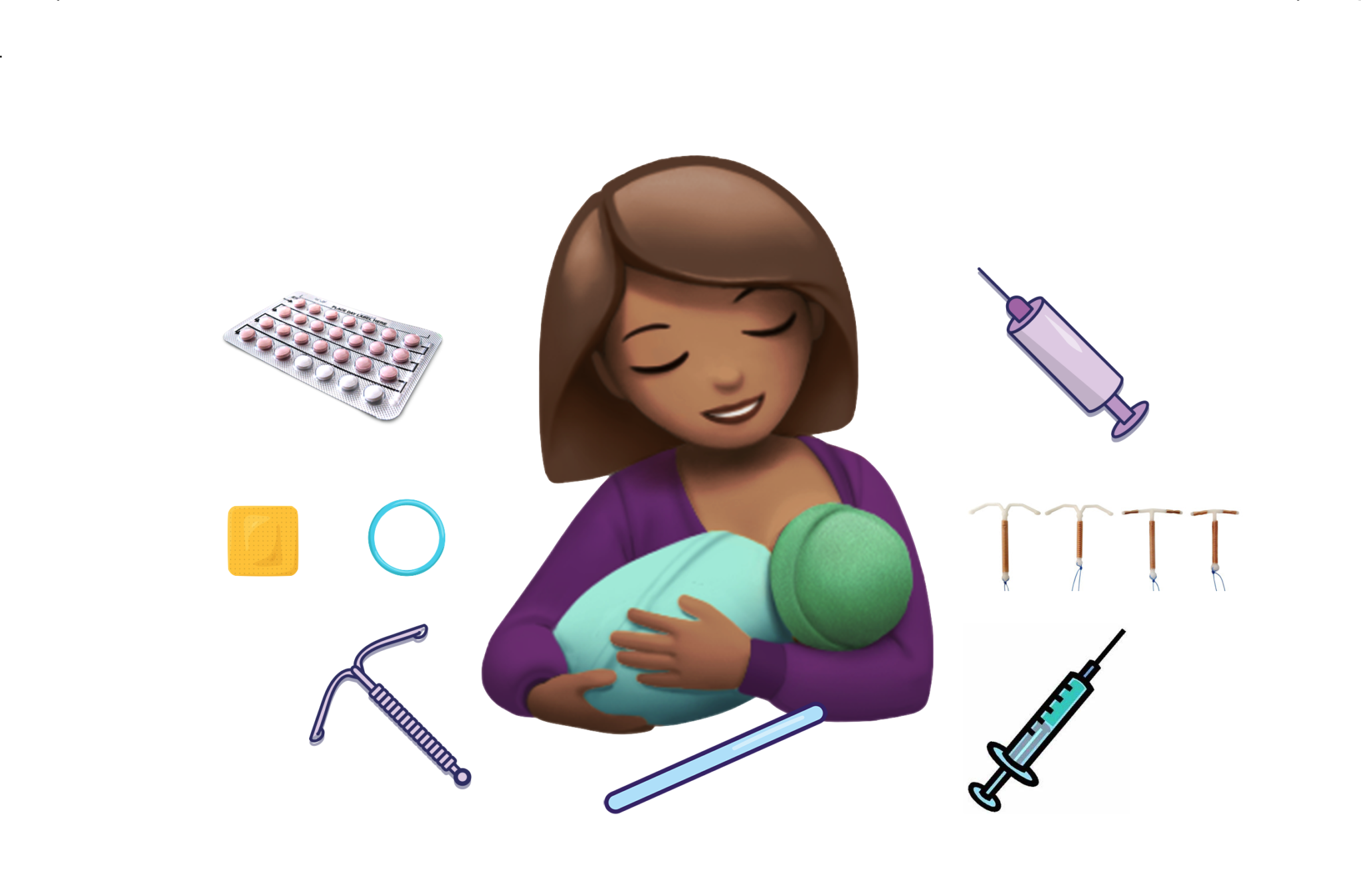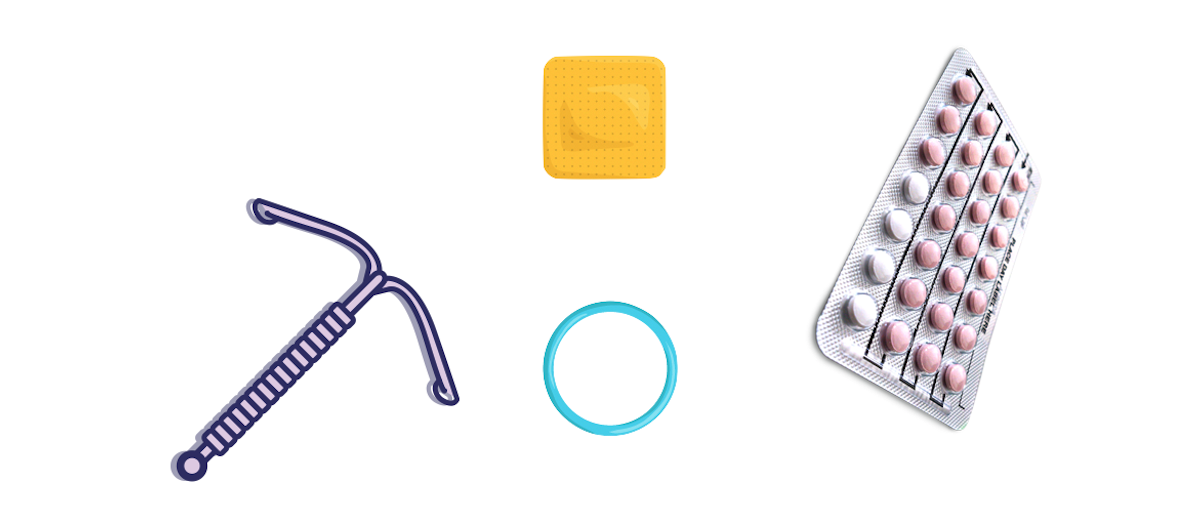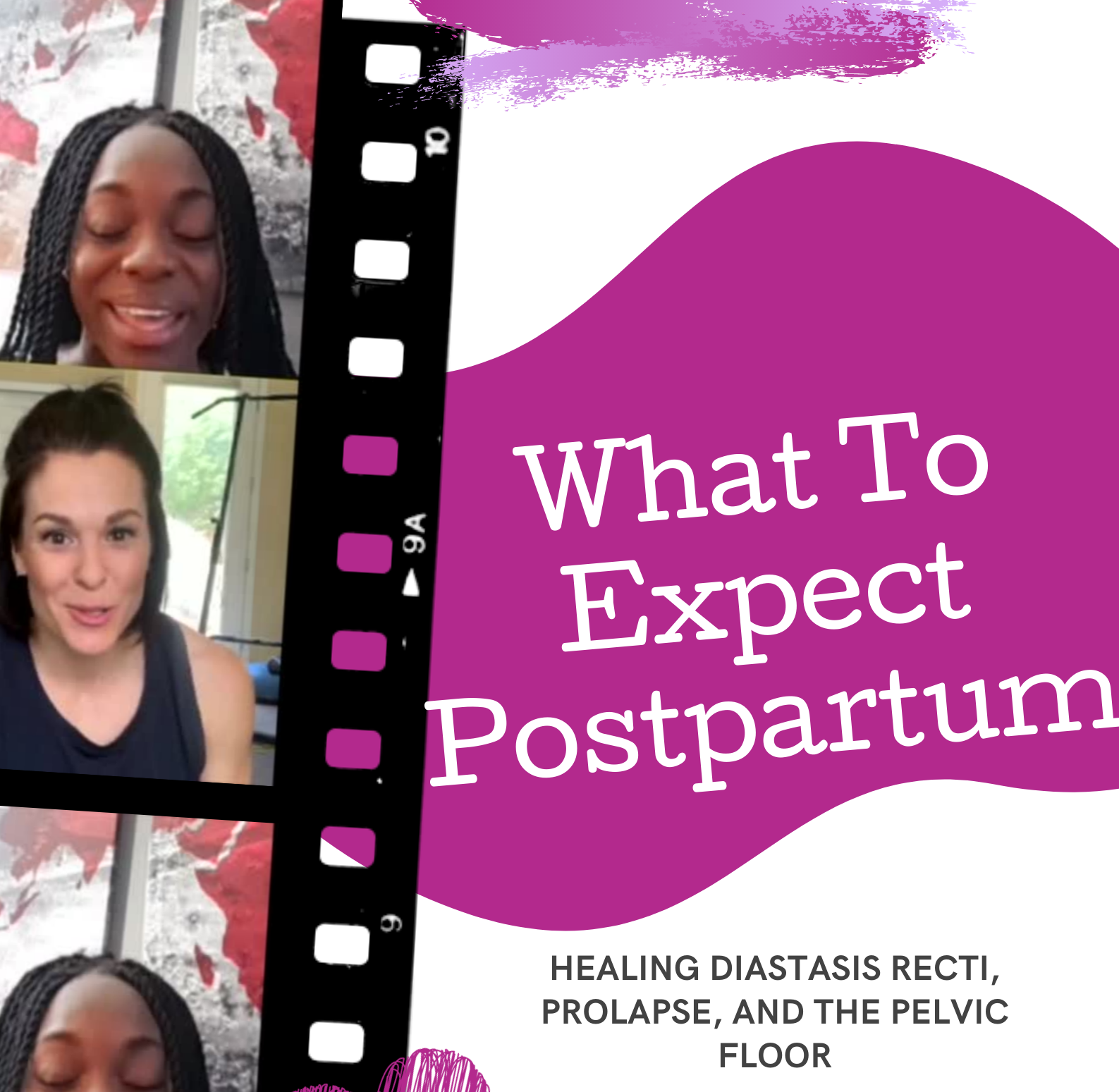
Birth Control After Baby:
Birth Control After Baby: Popular Methods And Options By Dr. Christine Sterling M. D.

Birth Control After Baby: After having a baby, it is best to wait at least 6 weeks before resuming intercourse. Once you become sexually active again, pregnancy becomes possible. To minimize pregnancy risks, the World Health Organization recommends delaying pregnancy for at least 18 months after giving birth.
Lactation
Many women believe that breastfeeding prevents pregnancy, and it does sometimes. However, relying on lactation to prevent pregnancy is tricky. To be an effective form of contraception, all of the following conditions must be met:
- Less than 6 months postpartum
-
Breastfeeding exclusively with no more than 4 hours in between feedings (no supplementation of any kind, including food)
-
Not having a period. It is important to note that you can ovulate and get pregnant before your first period after birth.
BREASTFEEDING YOUR NEWBORN: WHAT TO EXPECT
Combined-hormonal contraception- the pill, ring, and patch
These forms of contraception contain both estrogen and progesterone. They are not generally recommended for women who are breastfeeding as the estrogen can decrease milk supply. For those who are not breastfeeding, these forms of contraception can be initiated after 6 weeks.
Estrogen-containing birth control increases the risk of blood clots. Women who are less than 6 weeks postpartum should not use this form of birth control. These forms of contraception are about 91% effective at preventing pregnancy.

Copper intrauterine device
This highly effective form of contraception has no hormones and is placed inside your uterus by your doctor. The chance of getting pregnant while using the copper IUD, known as ParaGuard in the US, is less than 1%. Your doctor can insert it in the office and it is effective immediately.
The Paraguard IUD is best for women with light to moderate periods. As it can increase the amount of bleeding during your time of menstruation. Some women also report increased cramping with their periods, though this typically gets better within 6 months of placement. The copper IUD is FDA approved for 10 years of contraception, but research supports effectiveness for up to 12 years.
Progesterone-containing intrauterine device
There are 4 different progesterone containing IUDs on the market in the US. They are all small T-shaped devices that are placed in your uterus by a doctor in a simple office procedure. Placement typically takes under a minute. The IUDs differ in size and progesterone dose. The Skyla and the Kyleena are the smallest in size.
The Skyla has the lowest dose of progesterone hormone and lasts for only 3 years. Higher doses of progesterone mean the IUD works for longer. Also, better able to decrease the amount of menstrual bleeding. The Kyleena is small, like the Skyla, but has a higher dose of progesterone. That is why it works for 5 years and is more likely to decrease or stop your periods.
The Mirena and the Liletta have the highest dose of progesterone. The Mirena lasts for 6 years. Furthermore, 1 in 5 Mirena users no longer have a period after 1 year of use. The progesterone IUDs are over 99% effective at preventing pregnancy. Also, can be used to treat heavy periods and pelvic pain. They are effective within one week of placement. Also, can be removed before their expiration date should you decide to pursue pregnancy or change your mind. Removal is usually a quick and painless process.
HOW TO STRENGTHEN YOUR PELVIC FLOOR AFTER BIRTH
Birth control implant
In the US, Nexplanon is the only available birth control implant. Nexplanon contains progesterone hormone and is the most effective form of contraception available. It is even more effective than getting your tubes tied, though it is not permanent.
The Nexplanon is a small device about the size of a matchstick. That is inserted in the upper arm by a doctor under local anesthesia. Insertion takes only a few minutes, and it prevents pregnancy for 4 years. Most women experience a decrease in their monthly menstrual flow. However, some women have irregular bleeding for the first 6 months or so.
Nexplanon can be removed at any time. Removal, like placement, is typically a simple procedure done in the office with minimal downtime.

Progesterone-only pill
This oral contraceptive, called the “mini-pill” by some. This is a pill that must be taken at the same time every day in order to be effective. Ovulation and pregnancy can occur if you miss a dose by more than 3 hours. For many remembering to take a pill every day at the exact same time is challenging.
This may help explain why it is only 91% effective at preventing pregnancy. On the upside, it does not require a separate office visit for insertion. Like the long-acting reversible contraceptive devices (IUDs and Nexplanon).
Progesterone injection
In the US, Depo-Provera is available as an injection you get every 3 months. This injection of progesterone is 94% effective at preventing pregnancy. It can cause weight gain and cannot be removed once the injection is given.

About the Author:
Join us over at the PB Moms Exclusive Circle. Where we invite healthcare experts to prepare us for life after childbirth and motherhood. Go to: pregnancybeyond.com/exclusive-circle.
Follow PregnancyBeyond on Instagram, Facebook, and Twitter.
BREASTFEEDING FEMALE REPRODUCTION FIRST TIME MOM GUEST POST NEW DAD NEW MOM PARENTHOOD WOMENS HEALTH




